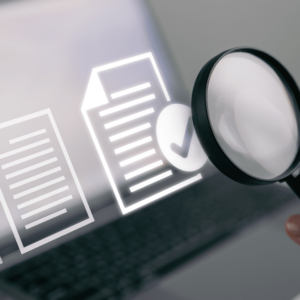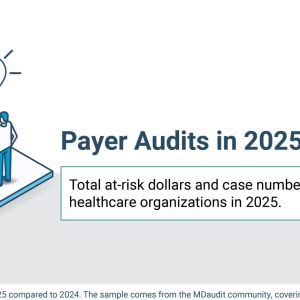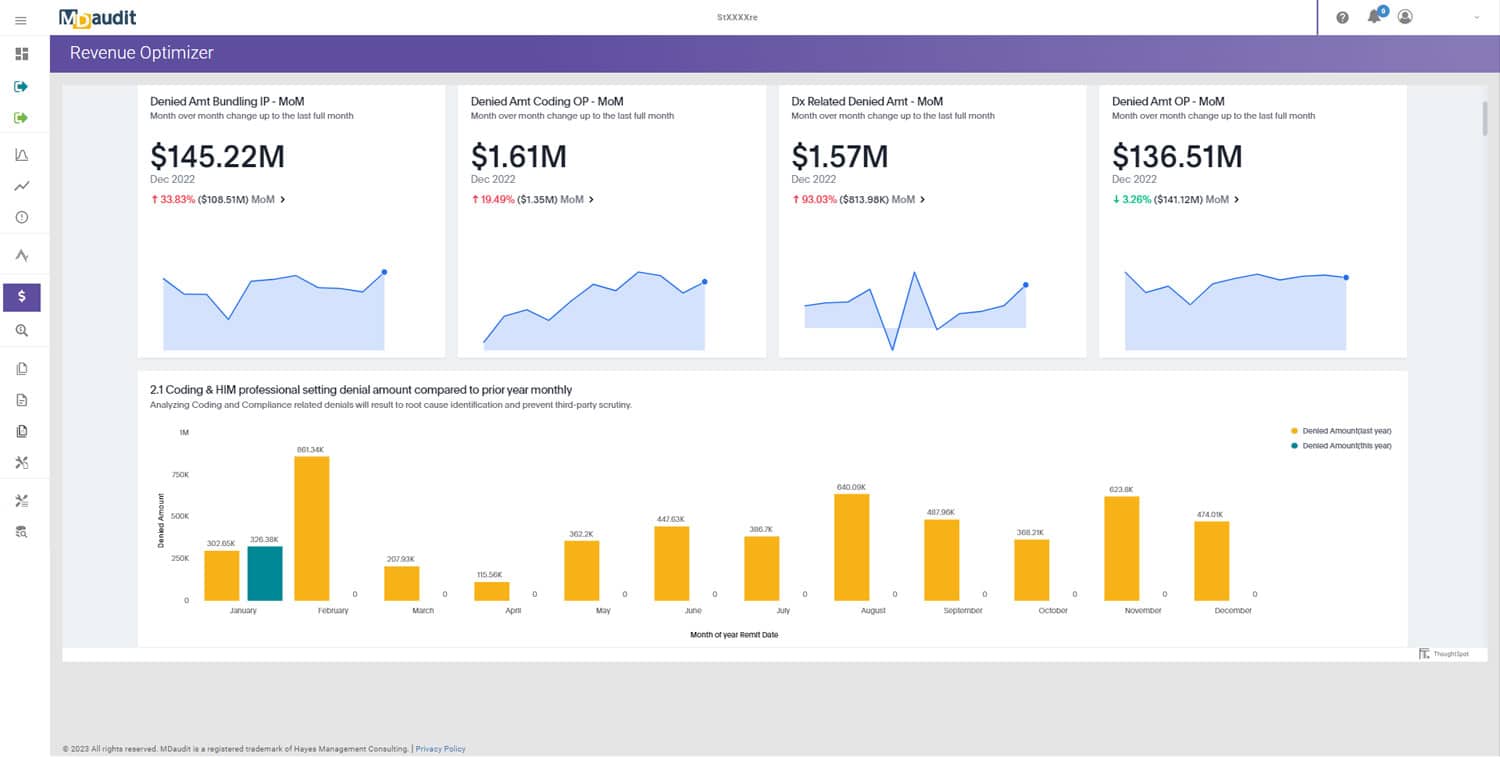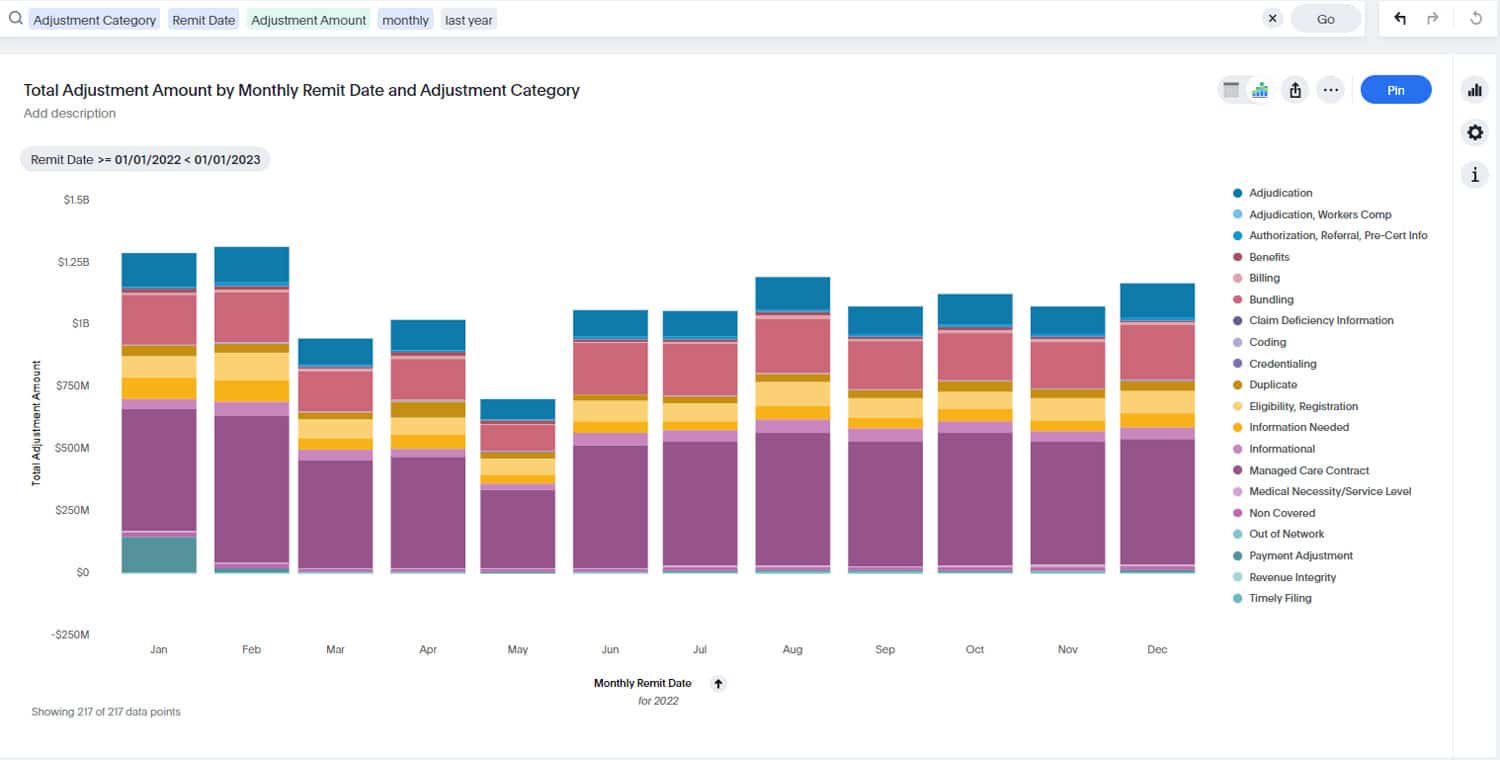In today’s rapidly evolving healthcare environment, accurate billing alone is no longer sufficient. Providers must also ensure every claim is compliant, justified, and optimized. That’s where revenue integrity software and revenue integrity solutions become indispensable. By 2025, these tools will be essential for organizations seeking to meet heightened oversight from the Centers for Medicare & Medicaid Services (CMS) and the U.S. Department of Health and Human Services Office of Inspector General (OIG), optimize revenue, and reduce compliance risks.
The Growing Pressure on Revenue Integrity
The numbers paint a stark picture of the current healthcare landscape. According to CMS, the Medicare Fee‑for‑Service improper payment rate was 7.66% in FY 2024, amounting to $31.7 billion in improper payments. Meanwhile, the OIG continues to recover billions through fraud and waste investigations, and a 2025 industry survey revealed that 42% of provider organizations lack a formal internal audit program, leaving them vulnerable to revenue loss and compliance failures.
The clear message is undeniable: traditional, manual revenue cycle processes are insufficient. Proven revenue integrity solutions are now critical to ensure financial resilience and regulatory compliance.
What Revenue Integrity Really Means
Revenue integrity represents a comprehensive framework spanning registration, documentation, coding, billing, and collections. Its primary goal is to eliminate both underbilling, which results in lost revenue, and overbilling, which creates compliance risks. The Healthcare Financial Management Association (HFMA) reports that organizations with robust revenue integrity programs see up to 68% improvement in net collections and a 61% reduction in compliance issues.
Regulatory Drivers Intensifying in 2025
The regulatory environment continues to tighten around healthcare organizations. CMS Risk Adjustment Data Validation (RADV) now demands complete documentation for every coded diagnosis and service, while the OIG deploys advanced analytics for fraud detection, making proactive compliance essential to avoid major penalties. State Medicaid programs have also implemented requirements for documented internal audit processes as part of provider certification.
Perhaps most concerning is the ongoing enforcement of the False Claims Act, where misbilling can result in treble damages and multi-million-dollar fines. By 2025, failing to implement robust revenue integrity measures will not only forfeit revenue but could trigger serious enforcement action.
The Transformative Impact of Revenue Integrity Software
Modern platforms deliver comprehensive tools designed to support every stage of revenue cycle compliance. These systems provide continuous compliance monitoring that automates real-time validation of claims, immediately identifying missing documentation or coding anomalies. They employ risk-based audit sampling using analytics to highlight high-risk providers or procedures for review, while maintaining a centralized audit hub that consolidates audit documentation, findings, and remediation actions.
The technology also includes sophisticated denial prevention tools that identify patterns and enforce upstream corrections, along with charge capture optimization that detects missed billing opportunities and undercoding. Contract compliance analysis capabilities flag underpayments linked to payer contracts, ensuring organizations capture every dollar they’re entitled to receive.
Studies have found that hospitals using revenue integrity suites experience 15% increases in clean claim rates and 30% reductions in denials, demonstrating the tangible financial impact of these solutions.
2025 Trends Accelerating Adoption
Several converging trends make implementing integrated solutions essential in 2025. The widespread adoption of AI in revenue cycle management has enhanced predictive capabilities, allowing organizations to identify and address issues before they impact cash flow. There’s also a notable shift from standalone tools to integrated platforms as organizations seek to streamline operations and reduce complexity.
Stronger data-security and third-party risk regulations have increased demand for centralized systems that can maintain compliance across multiple touchpoints. Additionally, growing remote workforce dynamics emphasize the need for cloud-based interoperability that enables teams to collaborate effectively regardless of location.
These trends underscore that adopting a unified platform like MDaudit is both a compliance imperative and a revenue driver.
Why MDaudit Stands Out as the Must-Have Platform
MDaudit offers a comprehensive suite of revenue integrity solutions purpose-built for 2025’s challenging landscape. The platform’s Revenue Integrity Suite reconciles audit findings, denial patterns, and billing risks into a closed-loop workflow, while its Billing Risk Analytics continuously assesses claims to identify documentation, coding, or contract misalignments.
The system’s Internal Audit Workflows automate audit creation, assignment, and tracking across chart types, complemented by Payer Audit Management that supports response coordination for RADV, UPICs, and external audits. The innovative AI Assist feature offers natural-language insights into emerging compliance and revenue trends, helping organizations stay ahead of regulatory changes.
MDaudit users consistently report 1–3% uplift in net collections and vastly reduced compliance risk exposure, making it a proven investment in organizational financial health.
Real-World Impact and Results
The practical benefits of implementing comprehensive revenue integrity software extend far beyond theoretical improvements. Organizations have reported significant revenue recoupment avoidance, with CTO-led organizations avoiding millions in OIG and RADV fees through proactive compliance measures. Denial reduction efforts have yielded clean-claim rate increases of 10–20% post-implementation, while automated audits effectively detect susceptibility to national fraud audits.
Beyond financial metrics, these systems deliver operational efficiency gains by freeing up staff time for training and strategic tasks rather than manual compliance work. Executive visibility through comprehensive dashboards quantifies audit results and financial health for leadership, enabling data-driven decision-making at the highest levels.
Launching Your Revenue Integrity Initiative in 2025
Successfully implementing revenue integrity software requires a strategic approach that begins with securing executive support by highlighting the ROI and regulatory mandates for finance and compliance teams. Organizations should start by establishing baseline financial performance metrics, including denial rates, audit findings, and claim turnaround times to measure improvement.
The implementation process benefits from starting small with a focused pilot of MDaudit, perhaps concentrating on a specific use-case like documentation improvement or RADV readiness. As comfort and confidence grow, organizations can automate audit workflows using risk scores to guide audit timing and follow-up plans, then scale across departments to include payer audit responses and denial prevention workflows.
Continuous monitoring through MDaudit dashboards allows organizations to track outcomes and adapt to regulation changes, ensuring the system evolves with the organization’s needs and the regulatory environment.
The Non-Negotiable Nature of Revenue Integrity in 2025
By 2025, revenue integrity software has become non-negotiable for healthcare organizations serious about financial sustainability. These platforms deliver alignment with CMS and OIG expectations, elimination of revenue leakage, mitigation of compliance penalties, and improvement in overall revenue cycle performance.
MDaudit offers the complete, integrated platform healthcare organizations need to achieve these critical goals. Providers that do not modernize their revenue integrity processes risk missing out on millions in revenue while exposing themselves to significant compliance hazards that could threaten their long-term viability.
The question isn’t whether to implement revenue integrity software, but how quickly your organization can adapt to remain competitive and compliant in an increasingly complex healthcare landscape.
Ready to protect your revenue cycle in 2025? Learn how MDaudit’s revenue integrity solutions can safeguard your financial health.







